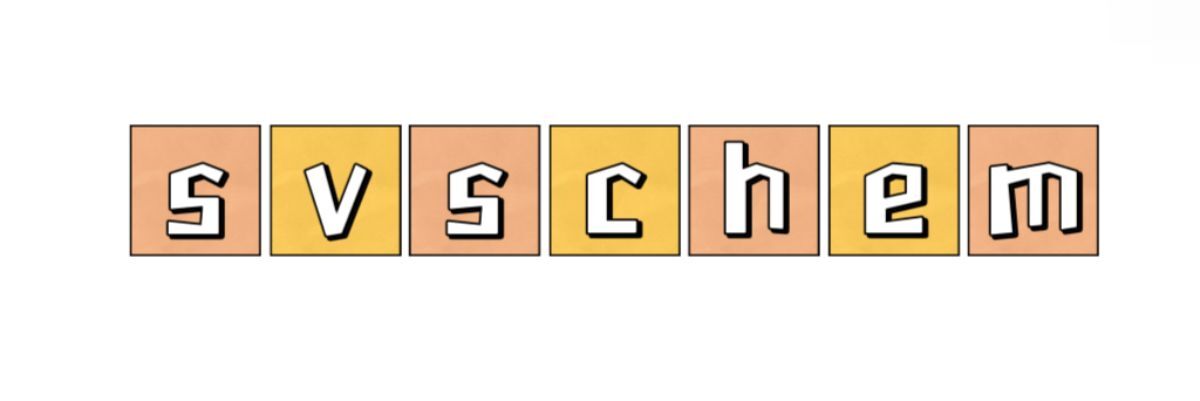Vanillin vs. Ethyl Vanillin: Which Flavoring Wins?
Vanillin and ethyl vanillin are two popular flavoring agents often used in the food, fragrance, and pharmaceutical industries. As consumers become increasingly aware of what goes into their products, understanding the differences between these two compounds becomes essential. Let’s dive into a flavorful comparison of vanillin and ethyl vanillin, exploring their sources, uses, and the unique characteristics that set them apart.
For more information, please visit vanillin and ethyl vanillin.
What is Vanillin?
Vanillin is the primary component of the extract of vanilla beans, giving it the characteristic flavor and aroma that people adore. Naturally occurring vanillin can also be derived from sources like lignin and guaiacol, which are by-products of wood and bamboo processing. This versatility makes vanillin a common choice in a variety of applications, ranging from baking to perfumery.
What is Ethyl Vanillin?
Ethyl vanillin, on the other hand, is a synthetic compound that mimics the flavor profile of natural vanillin but offers greater intensity. Chemically speaking, it’s an ethyl ether of vanillin and has a slightly different molecular structure. This difference allows it to provide a richer, more pronounced vanilla flavor, making it a favorite among flavorists and food manufacturers alike.
Key Differences Between Vanillin and Ethyl Vanillin
Flavor Intensity
One of the most notable differences is in flavor strength. Ethyl vanillin is approximately three to four times more potent than vanillin. This means that smaller amounts are needed to achieve the desired flavor, which can be a significant advantage when formulating products.
Source and Production
While vanillin can be extracted naturally from vanilla beans, ethyl vanillin is primarily synthesized from chemical processes. This synthetic route allows for a more consistent and readily available supply, which can be crucial in commercial manufacturing.
Cost Considerations
Natural vanilla has experienced price fluctuations driven by supply and demand dynamics. Consequently, ethyl vanillin often emerges as a cost-effective alternative, especially in large-scale production. For many manufacturers, this economic factor makes ethyl vanillin an appealing option.
Common Uses in the Industry
Both vanillin and ethyl vanillin enjoy widespread use, but they cater to slightly different applications depending on their properties.
Vanillin
- Baking and Confectionery: Vanillin, especially the natural kind, is favored in artisanal baking and gourmet chocolates.
- Perfumes: Its subtle aroma is desirable in the fragrance industry, providing a warm, inviting scent.
- Pharmaceuticals: Vanillin can also be used as a flavoring agent in medicinal products to improve palatability.
Ethyl Vanillin
- Food Products: Ethyl vanillin is commonly found in processed foods, ice creams, and candies, providing a bold vanilla flavor without the high cost of natural vanilla.
- Beverages: This compound is frequently used in the beverage industry, enhancing the flavor profile of various drinks.
- Fragrances: It also plays a role in the creation of strong scents, making it a staple in many commercial perfumes.
Health and Safety Considerations
Both vanillin and ethyl vanillin are generally recognized as safe when consumed in typical dietary amounts. However, individuals with specific sensitivities to synthetic compounds should be cautious with ethyl vanillin. It's always advisable to check product labels, especially for those with dietary restrictions or allergies.
Conclusion: Which Flavoring Wins?
Choosing between vanillin and ethyl vanillin depends on the desired application and personal preference. For those favoring a natural approach, especially in baked goods, traditional vanillin may be preferable. Conversely, if you're looking for a stronger flavor at a lower cost for commercial use, ethyl vanillin may be the winner.
In the end, both flavorings have their distinct advantages. Whether you lean towards the rich heritage of natural vanilla or the intensity of its synthetic counterpart, the key is to understand what each brings to the table. With this knowledge, you can make informed choices for cooking, baking, or product formulation that align with your personal or business goals. Happy flavoring!
The company is the world’s best menthol molecular formula supplier. We are your one-stop shop for all needs. Our staff are highly-specialized and will help you find the product you need.
- Previous: bht uses
- Next: benzyl acetate uses


